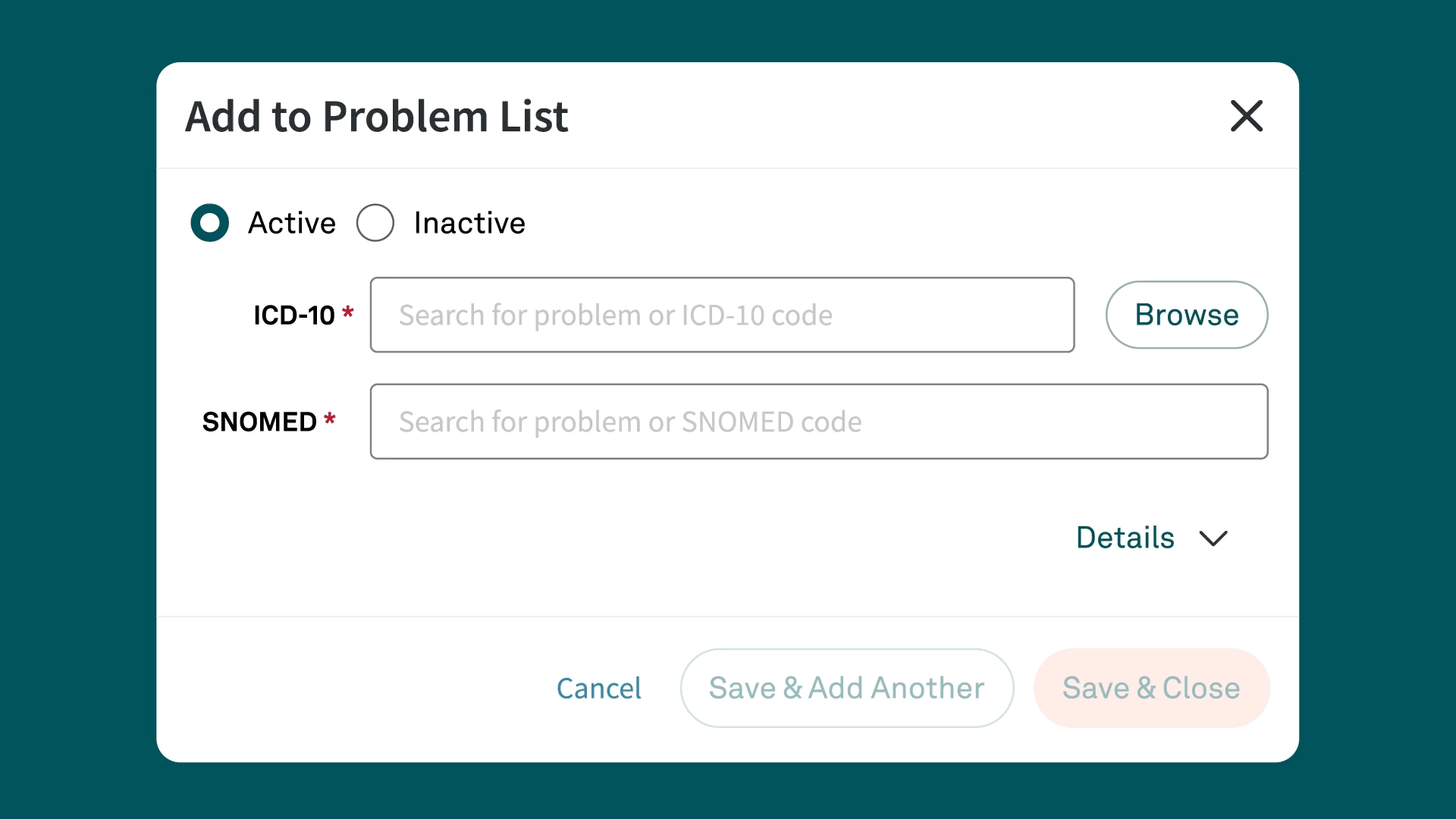ICD-10 Code E03.9
Hypothyroidism, unspecified
What is the code E03.9?
E03.9 is the ICD-10-CM code for "hypothyroidism, unspecified." This code is used to indicate a diagnosis of hypothyroidism when the specific type or cause of the condition is not identified or documented.
Detailed description of E03.9
Hypothyroidism is a condition where the thyroid gland does not produce enough thyroid hormones, which are critical for regulating metabolism. The "unspecified" designation in E03.9 means that the healthcare provider has diagnosed hypothyroidism but has not specified the underlying cause, such as autoimmune hypothyroidism, postprocedural hypothyroidism, or other specific forms.
Symptoms commonly associated with E03.9
Symptoms of hypothyroidism can vary widely but often include fatigue, weight gain, cold intolerance, constipation, dry skin, hair loss, muscle weakness, depression, and cognitive impairment. Patients may also experience bradycardia, menstrual irregularities, and elevated cholesterol levels.
Related and similar ICD-10 codes
- E03.0: Congenital hypothyroidism with diffuse goiter
- E03.1: Congenital hypothyroidism without goiter
- E03.2: Hypothyroidism due to medicaments and other exogenous substances
- E03.3: Postinfectious hypothyroidism
- E03.4: Atrophy of thyroid (acquired)
- E03.5: Myxedema coma
- E03.8: Other specified hypothyroidism
Appropriate usage of E03.9 for billing
E03.9 should be used for billing when a patient presents with hypothyroidism, but the specific cause is not determined or documented. An additional term that is coded as E03.9 when documented is “Myxedema NOS.” It is an important consideration for providers to document all relevant clinical findings and symptoms to substantiate the use of this code. Accurate coding ensures appropriate reimbursement and aids in the patient's treatment plan.
Instructional guidelines for providers coding E03.9
When coding for E03.9, ensure that the diagnosis of hypothyroidism is clearly documented in the patient's medical records. Avoid using this code if a more specific diagnosis can be determined. Always review the patient's history, physical examination findings, and any relevant laboratory results to support the use of this code.
There are no specific instructional notes attached to E03.9, but general ICD-10 guidelines advise that coders should use the most specific code available. Ensure all related conditions and symptoms are documented to justify the use of E03.9. Also, be aware of any payer-specific guidelines that may affect coding and billing practices.
Common pitfalls in coding with E03.9
One common pitfall is using E03.9 when a more specific code is available. For instance, if the hypothyroidism is due to a specific cause such as Hashimoto's thyroiditis or medication, use the appropriate specific code. Another pitfall is failing to document the clinical rationale for the diagnosis, which can lead to claim denials.
Key resources for E03.9 coding
- CMS ICD-10 Homepage: Provides official resources and guidelines on ICD-10-CM coding.
- WHO ICD-10 Online Browser: Useful for verifying the definitions and relationships between different ICD-10-CM codes.
- Professional coding associations such as AAPC (American Academy of Professional Coders) and AHIMA (American Health Information Management Association)
- American Thyroid Association: Offers guidelines and resources for the diagnosis and management of thyroid disorders.
- Endocrinology textbooks and journals: Provide in-depth information on hypothyroidism and its management.
Conclusion
E03.9 is used to code for unspecified hypothyroidism when the specific type or cause is not documented. Accurate documentation and adherence to coding guidelines are important considerations for proper billing and effective patient care. Use available resources to stay updated on best practices and avoid common pitfalls in coding for hypothyroidism.
Simplify ICD-10 code documentation with Tebra
Tebra’s EHR+ gives you quick searches and Systematized Nomenclature of Medicine (SNOMED) field names for efficient code documentation. Plus, Tebra automatically saves ICD-10 to SNOMED mapping for future searches, streamlining your workflow.

Discover how Tebra helps providers effortlessly document health-related issues and conditions in this detailed post.
Stay Ahead with Expert Healthcare & Billing Insights
Get the latest industry updates, financial tips, and expert strategies — delivered straight to your inbox.



